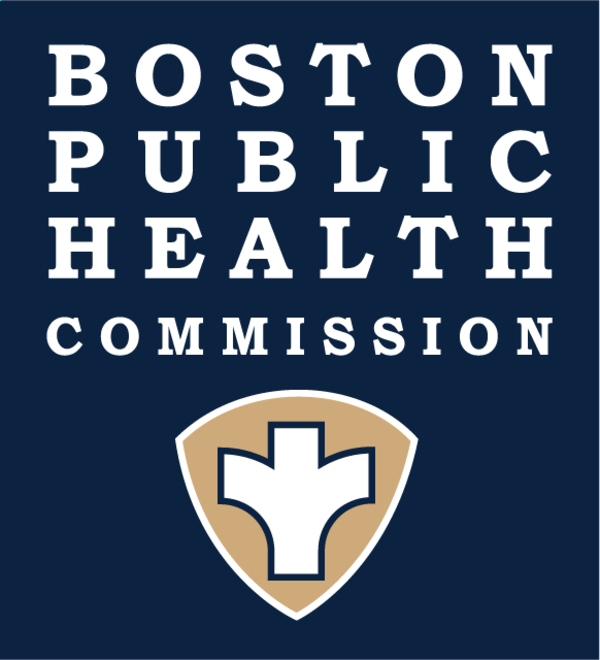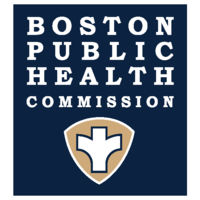Salmonella
This fact sheet answers frequently asked questions about salmonella.
Salmonella is a type of bacteria that can cause intestinal illness in humans and animals called salmonellosis. Everyone needs to protect themselves against salmonella. The risk of salmonellosis is greatest for young children, the elderly, pregnant women, and anyone with a weakened immune system.
The basics
How do people catch salmonella?
People usually catch salmonella by ingesting contaminated foods and drinks. Foods that can cause salmonella infection include:
- chicken
- eggs
- other meats
- fresh vegetables
- sprouted seeds
- peanut butter
Contact with animals and reptiles that carry the bacteria is another way to get salmonella. Thorough cooking kills the bacteria and good hand washing can prevent spreading salmonella.
Symptoms
What are the symptoms?
Symptoms usually begin 12 to 72 hours after swallowing the germs. Symptoms include stomach cramps, diarrhea, fever, and vomiting. Symptoms usually last 4-7 days.
How do you know if you have salmonella?
Your healthcare provider can send a stool sample to a laboratory. The laboratory will test the sample for salmonella bacteria.
What if I have salmonella?
Most infected people may return to work or school once their diarrhea has resolved. Keep in mind it is possible to give the bacteria to others even after feeling better. Local health departments must clear food workers and health care workers before they return to work.
Prevention
How can I prevent salmonella?
When preparing food, treat raw eggs, chicken, and other meats as if they are contaminated and handle them accordingly.
Clean
- Wash your hands with warm soapy water for at least 20 seconds before and after handling food
- Rinse all fresh fruits and vegetables under running water before cooking, packing, or eating
- Clean all cooking utensils with soap and hot water
Separate!
- Do not reuse marinade that you used for raw foods on cooked foods. Always marinate in the refrigerator
- Do not put cooked foods on the same plate as raw foods
- Do not reuse utensils that have touched raw foods unless you are able to wash them with soap and hot water
- Keep raw meat, seafood, and chicken away from other foods and wrapped properly to keep juices from contaminating other foods
- Thaw frozen foods in the refrigerator, not on the kitchen counter. Bacteria multiply more quickly at room temperature
- Check expiration dates of meats, chicken, fish, shellfish, milk, and other products
Cook!
- Use a food thermometer to make sure food is at a safe internal temperature
- Click here for safe minimum cooking temperatures
- Keep hot food hot by placing it on the stove top or grill rack
- Cook eggs until yolks and whites are firm, do not eat “runny” eggs
- Ask about preparation for items you are unsure of
- Do not use unpasteurized milk or products (ex. cheese)
Chill!
- In hot weather between 40° F- 90° F, food should not be outside for more than 2 hours. In weather of 90° F or more, food should never be left out for more than an hour. Refrigerate leftover and unused portions promptly
- Keep your cooler full to maintain cold temperatures. Keep it out of the sun and limit the number of times you open it
Hand washing saves lives!
Wash your hands:
- Before, during, and after preparing food
- Before eating food
- After using the toilet
- After changing diapers or cleaning up a child who has used the toilet
Treatment
How is the illness treated?
Most people recover on their own or only need fluids to prevent dehydration. Antibiotics may treat salmonella infection in people who cannot fight off the illness on their own.




